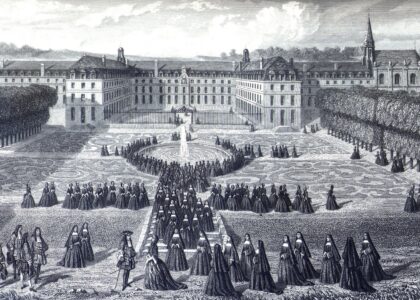Welcome to the fascinating world of the ‘Routoirs à lin’ in the picturesque region of Trégor, Brittany. This location is deeply tied to the historical craft of flax retting, an essential step in the production of linen. The ‘routoirs’ are traditional retting ponds used for soaking flax to separate the fibers, a practice that dates back centuries in Brittany.
The establishment of flax processing in this area is rooted in the Middle Ages when linen was a highly valued commodity. The humid climate of Brittany provided ideal conditions for flax cultivation, making it a center for linen production. The ‘Routoirs à lin’ played a crucial role in this process, as the retting ponds were where the flax was submerged in water for several weeks to naturally decompose and loosen the fibers. This practice was critical for producing the high-quality linen that was exported throughout Europe.
Throughout the centuries, the Trégor region became renowned for its skilled artisans who mastered the art of linen weaving. Notable figures in this craft included local weavers who passed down their knowledge through generations. The economic boom brought by linen production also spurred the growth of nearby towns like Tréguier and Lannion, which became bustling centers of trade and commerce.
Over time, the methods of linen production evolved, and the advent of new technologies in the 19th and 20th centuries led to changes in the industry. However, the legacy of these ancient practices still lingers in the landscape, with remnants of the ‘routoirs’ serving as a reminder of the region’s industrious past.
As you explore the area, imagine the bustling activity that once filled these ponds with flax and the vital role they played in sustaining the local economy. These structures are not just relics but symbols of a thriving industry that shaped the cultural and economic landscape of Brittany.





